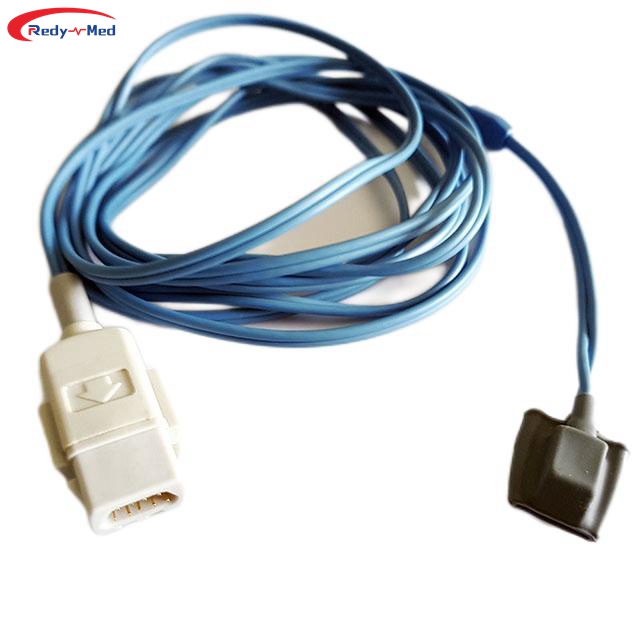
Explore the practical operation method of disposable blood oxygen sensor in personal health management
2024-03-21 00:04:44
Introduction: An Overview of Disposable Blood Oxygen Sensor

Disposable blood oxygen sensors have revolutionized personal health management by enabling individuals to monitor their blood oxygen levels conveniently. This article aims to explore the practical operation method of these sensors and shed light on their significance in personal health tracking and management.
Understanding the Basics of Operation: How Do Disposable Blood Oxygen Sensors Work?
Disposable blood oxygen sensors are non-invasive devices that utilize photoplethysmography (PPG) technology. They consist of a small clip that is attached to a person's fingertip or earlobe, allowing the sensor to accurately measure blood oxygen saturation levels.
The sensor emits light at specific wavelengths into the skin, and the amount of light absorbed by the blood is detected. Based on the detected light absorption, the sensor calculates the oxygen saturation levels in the bloodstream. This data is then transmitted to a connected device, such as a smartphone or a smartwatch, for further analysis and tracking.
Practical Operation: Step-by-Step Guide for Effective Use
To ensure reliable and accurate results, follow these steps when using a disposable blood oxygen sensor for personal health monitoring:
Step 1: Preparing the Sensor
Before using the sensor, ensure that it is properly connected to a compatible device. Additionally, make sure the sensor is clean and free from any debris or substances that may interfere with the accuracy of the readings.
Step 2: Attaching the Sensor
Gently place the clip of the sensor on your fingertip, ensuring a snug fit. Alternatively, for earlobe sensors, attach the clip securely to your earlobe. It is crucial to position the sensor in a way that allows the light to pass through your skin uninterrupted.
Step 3: Activating the Sensor
Once the sensor is securely in place, activate the connected device and open the associated application or monitoring software. Ensure that all necessary settings are configured correctly for accurate readings.
Step 4: Maintaining Steady Conditions
During the measurement, it is essential to keep your hand or ear steady and avoid excessive movement. Small movements can disrupt the light absorption and affect the accuracy of readings.
Step 5: Monitoring and Recording Data
Allow the sensor to measure your blood oxygen saturation levels for the recommended duration. Monitor the real-time readings on the connected device and record the results for future reference or analysis. Some applications may also provide additional features, such as tracking your overall health trends over time.
Conclusion: The Power of Disposable Blood Oxygen Sensors in Personal Health Management
Disposable blood oxygen sensors have emerged as a valuable tool in personal health management. By following the practical operation method outlined above, individuals can effectively utilize these sensors to monitor their blood oxygen saturation levels with ease and precision. This opens new avenues for proactive health tracking, enabling early detection and management of potential health issues.
With the increasing accessibility and affordability of disposable blood oxygen sensors, individuals can now take more control over their well-being and make informed decisions regarding their health. Embracing these innovative devices empowers individuals to prioritize their personal health management and promotes an overall healthier lifestyle.
Get the latest price? We'll respond as soon as possible(within 12 hours)




